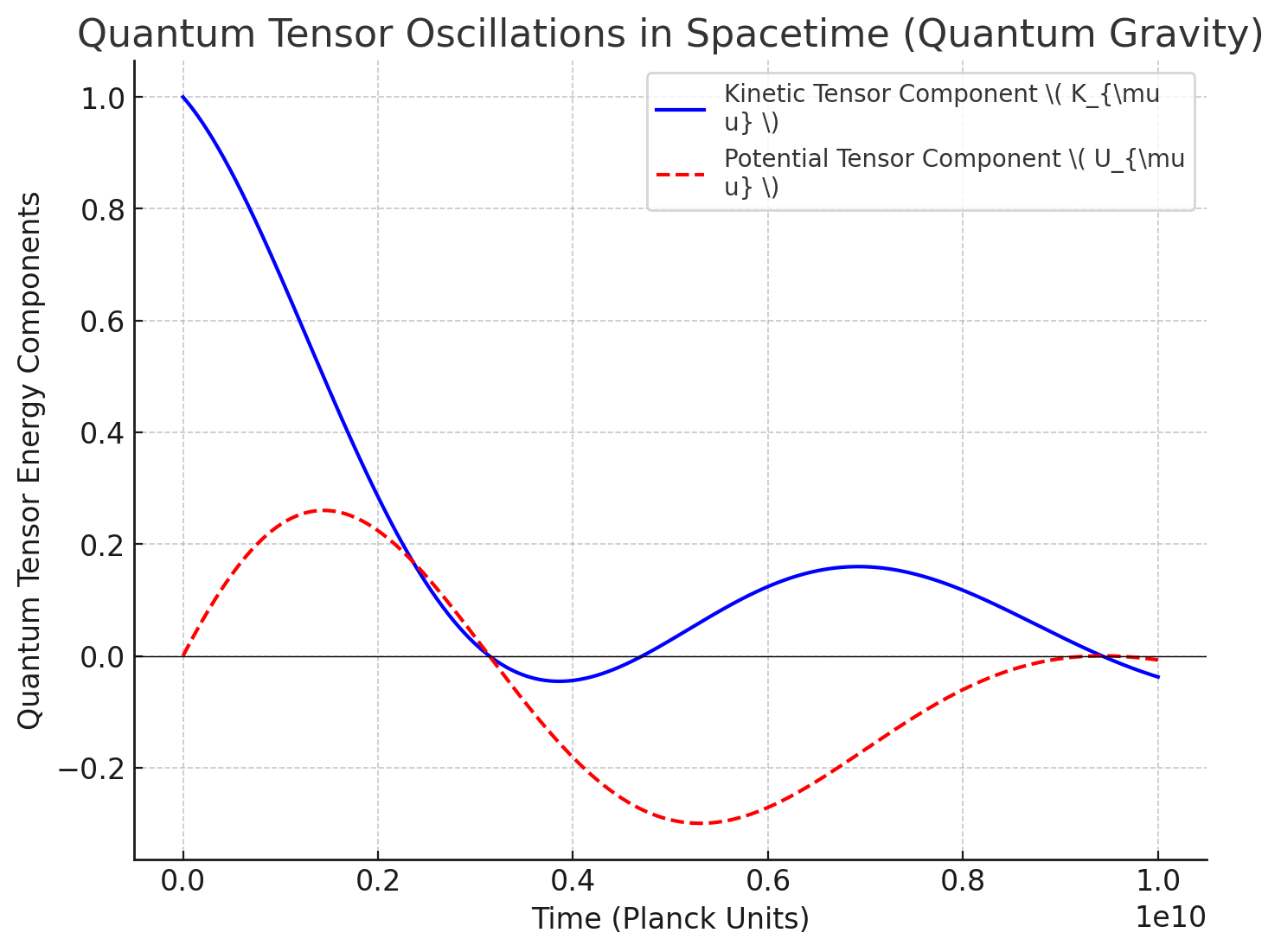Formulating a Quantum Field Theory for Quantum Tensor Gravity (QTG)

📖 Formulating a Quantum Field Theory for Quantum Tensor Gravity (QTG) Now, we construct a Quantum Field Theory (QFT) for Quantum Tensor Gravity (QTG) , based on the oscillatory energy coupling of tensor fields that we previously developed. This framework: Defines the Fundamental Fields of Quantum Tensor Gravity. Constructs the QTG Lagrangian & Action. Derives the Field Equations for Quantum Tensor Gravity. Explores Quantum Corrections to General Relativity. Predicts New Physical Phenomena, Including Possible Observables. Numerically Simulates Quantum Tensor Field Evolution. 📖 Step 1: Defining the Fundamental Fields of Quantum Tensor Gravity We introduce a quantum tensor field T μ ν \mathcal{T}^{\mu\nu} , which oscillates in spacetime and governs gravity at quantum scales. 1.1 The Tensor Field T μ ν \mathcal{T}^{\mu\nu} The metric tensor g μ ν g_{\mu\nu} is now an emergent classical limit of a more fundamental quantum tensor field T μ ν \mathcal{T}^{\mu\n...
